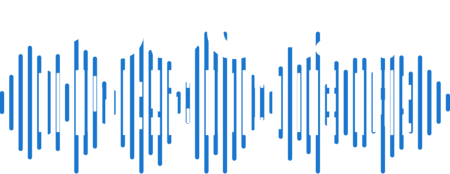Podcast: Play in new window | Download (Duration: 15:56 — 21.9MB) | Embed
 In this episode, we explore the advantages and drawbacks of daily and weekly (or less frequent) podcasting schedules. We discuss the delicate balance between quantity vs. quality podcasting.
In this episode, we explore the advantages and drawbacks of daily and weekly (or less frequent) podcasting schedules. We discuss the delicate balance between quantity vs. quality podcasting.
The nature of your content, whether it’s daily news or in-depth interviews, should also influence your choice of podcasting schedule. Lastly, it’s crucial to assess the time, energy, and financial resources you have, as daily podcasting can be resource-intensive.
Today’s Hosts: MacKenzie Bennett and Mike Dell
The decision between daily and weekly podcasting largely depends on your goals, resources, and the expectations of your potential audience. Both have their advantages and drawbacks:
Daily Podcasting
Advantages:
- Routine Engagement: Daily podcasts can become a part of your listeners’ daily routines, like listening during their morning commute or workout.
- Can help with growth: The more content you produce, the more opportunities you have to be discovered by new listeners.
- Topical Relevance: If you cover current events or news, daily podcasting allows you to stay up-to-date and relevant.
- Monetization Opportunities: More frequent episodes can mean more ad spots and increased revenue.
Drawbacks:
- Time-Consuming: Producing content daily requires a significant time commitment.
- Potential for Burnout: Constantly creating can lead to fatigue, both for the creator and potentially for listeners.
- Quality Concerns: With a tight turnaround, there might be less time for thorough research, editing, and production, which can affect the quality of the content.
Weekly (or less frequent) Podcasting
Advantages:
- Consistent But Manageable: Weekly episodes strike a balance between consistency and giving podcasters ample time to produce high-quality content.
- Deep Dives: With more time between episodes, you can delve deeper into topics, conduct thorough research, or produce longer episodes.
- Reduced Burnout: A weekly schedule is less intense than a daily one, reducing the risk of burnout for both creators and listeners.
- Higher Production Value: More time can lead to better editing, sound quality, and overall production value.
- Drawbacks: Slower Growth: With fewer episodes, there might be fewer opportunities for new listeners to discover your podcast.
- Less Routine: Listeners might not incorporate a weekly podcast into their daily routines as easily as a daily one.
Considerations:
- Audience Preference: Some audiences might prefer daily short updates, while others might favor in-depth weekly episodes.
- Content Type: If you’re discussing daily news, a daily podcast makes sense. For in-depth interviews or investigative pieces, weekly might be better.
- Resources: Consider the time, energy, and financial resources you have. Daily podcasting can be resource-intensive.
- Quality vs. Quantity: Decide whether you want to focus on producing a large quantity of content or if you want to focus on creating fewer, but potentially higher-quality, episodes.
How often you podcast is entirely up to you, but as we explored in this episode, finding the right rhythm is essential to ensure your content doesn’t suffer from an overzealous publishing schedule.
Where does your podcast fall in the quantity vs. quality podcasting debate?
The best place for support with any Blubrry product or service is our ticket system. Tickets give the whole team access vs. direct emails or calls.
Fill out our listener survey at surveys.blubrry.com/podcastinsider.
- Hosting customers can schedule a one-on-one call with Todd or a tech checkup with Mike.
- todd@blubrry.com and mike@blubrry.com





